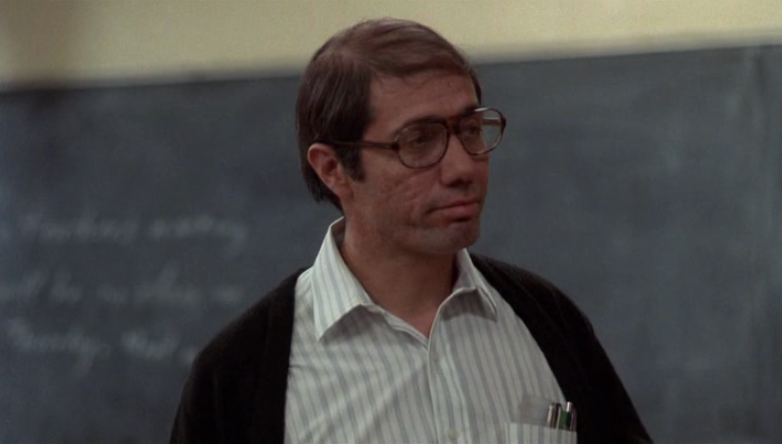This post has not been edited by the GamesBeat staff. Opinions by GamesBeat community writers do not necessarily reflect those of the staff.

The Bitmob Writing Challenge helps both new writers and veterans come up with article ideas. While school may be out for the summer, it’s never far from the minds of people. Education plays a vital role in creating a well-informed populace, but it has had a love-hate relationship with video games in the past. So I want you to examine gaming and education from one of two perspectives: At a K-12 level and at a university level.
1. Games and K-12 schools
When I grew up, I always knew that I had to do homework first, and then I could get my characters to Level 255 in Star Ocean: Til the End of Time. Unfortunately, it’s tough for some kids to divide learn time from play time, which means that video games often become scapegoats no matter how many studies point to the contrary.
At the same time, we have all had experiences with games that teachers deemed OK for the classroom, and some researchers have develop games that may not be fun, but develop your brain to learn and react better. Plus, if we believe games are art, then eventually we’ll be teaching kids about the medium’s history as well.
Suggested topics
- Educational games of the Oregon Trail, Brain Age, and experimental variety (such as games used to treat ADHD).
- High-school game-design or programming courses
- Balancing learning and playing. Is it feasible to separate the two when smart phones give students access to games whenever they want? Is the mentality that games are bad for kids still prevalent among teachers, and is there any truth to it?
- What would you present as good games to educate kids about in a primary or secondary classroom?
- Would schools benefit from integrating games into the classroom curriculum, and is that feasible considering the budget problems many institutions face?
2. Games and higher education
Thousands of people go to universities and technical schools believing that they can be the next Shigeru Miyamoto, David Jaffe, or Ken Levine. At the very least, they enroll believing that creating the things they enjoy playing will be a fulfilling career. And yet they’re entering a highly competitive field with long hours and where one bad game can sink a company. Picking the right school and building a portfolio is crucial, but the costs for materials and demands are high. And if the dream doesn’t work out, how do you market yourself for another career?
Suggested topics
- Choosing which college to go to.
- What is the best way to teach game design?
- The life of a game-school undergrad.
- Electives that examine the medium from another disciple’s perspective like sociology or the liberal arts.
- If you had graduated from this degree program, what would you tell others who are looking into the field?
Write a 400-800 word article about the subject, and then post it with “Bitmob Writing Challenge” in the tags by July 31st, 2012. It will appear in Bitmob's Mobfeed and GamesBeat's Unfiltered page, and I will post a roundup article with all of the entries at the end of the month.
If you need some inspiration, I suggest reading the articles of Frank Anderson, a teacher who has written about how educational theories can benefit game design, the positive effects of gaming for adolescents, and other articles. Bitmob writer Juan Letona also wrote about how teacher Jaime Escalante, the subject of the movie Stand and Deliver, can inspire minorities to pursue game-design careers.
Good luck, and be sure to look out for the results from last month’s challenge on marketing soon.
